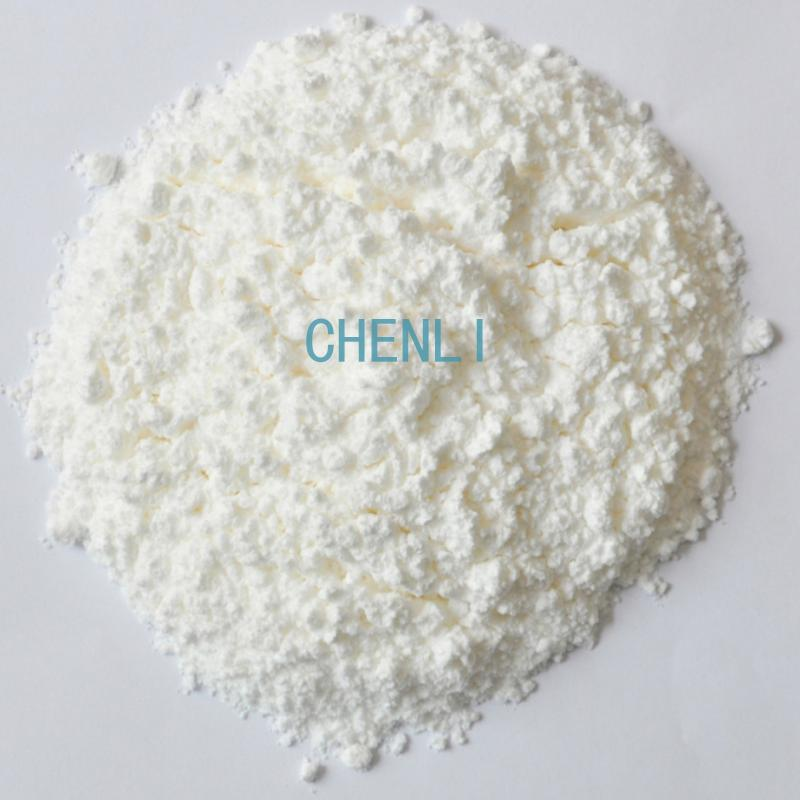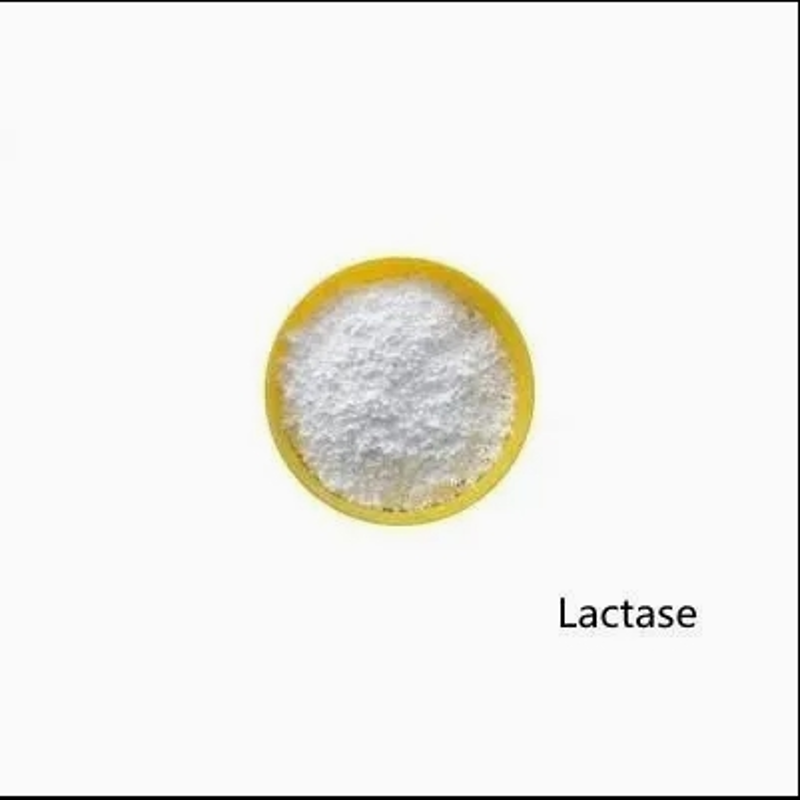-
Categories
-
Pharmaceutical Intermediates
-
Active Pharmaceutical Ingredients
-
Food Additives
- Industrial Coatings
- Agrochemicals
- Dyes and Pigments
- Surfactant
- Flavors and Fragrances
- Chemical Reagents
- Catalyst and Auxiliary
- Natural Products
- Inorganic Chemistry
-
Organic Chemistry
-
Biochemical Engineering
- Analytical Chemistry
-
Cosmetic Ingredient
- Water Treatment Chemical
-
Pharmaceutical Intermediates
Promotion
ECHEMI Mall
Wholesale
Weekly Price
Exhibition
News
-
Trade Service
The status of sugar is being challenged.
sweet, we want.
calories, we don't want them.
paradox of the desire of modern society, through high-tech to be established.
encountered its own alternative, sweetener powder ink debuted.
last year, Coca-Cola's new Zero Coke made a sweetener called asparta sweet.
zero-degree cola has been hit by a wave in Venezuela and has been on the near miss of shelves in several provinces and cities across the country because of questions about the safety of aspartas.
coca-cola company came forward to clarify that aspartas sweet is not harmful to health.
an unpleasant contact, so that more people began to understand sweeteners.
and Aspartas is actually just one of the most controversial members of the sweetener family, and a wide variety of sweeteners are increasingly entering people's lives.
you get sweeteners every day, even if you're not a "sugar-free" family that pursues health and advertises personality.
the same ingredients list as sugar-free cola, zero-degree cola and Pepsi-cola are labeled: aspartas sweet (containing phenylalanine), Ansai honey, sucrose.
Ansemi is a sweetener, also known as AK sugar, that often yspass with aspartas.
sucrose, also known as sucralose, is said to be the closest synthetic sweetener to the taste of sucrose.
sweeteners are found in many foods and are not limited to sugar-free foods.
Wahaha Nutrition Express contains aspartas sweet, Ansai honey, sucrose, sweetener four sweeteners, of which sweetener is banned in the United States and still allowed in China; In addition to Ba Sweet and Ansai Honey, it also contains another new sweetener——— New Sweet, which is the only sweetener prescribed by china's Ministry of Health for unlimited dosage and scope of application;
tradition of eating sweeteners comes from Europe and the United States.
diet coke has been a huge success in the United States, with sweetness coming from Ansemi and sucrose.
there are no special sweetener products for direct sale in the United States.
Many diabetics buy sweeteners instead of sugar, and the counters in restaurants and cafes are full of individually packaged sweeteners for guests to choose from, some of which are well-known brands such as Johnson and Johnson's sucrose product Splenda.
while giving consumers the temptation to be "sugar-free", sweeteners have brought businesses far less than the cost of sucrose, a dual meddle that has made it more popular.
craig Pitley, CEO of Newt, the inventor of Asparta Sweet and New Sweet, said the days of adding only sucrose or high fructose syrup to drinks and using only one artificial sweetener in sugar-free drinks in China are long gone.
Chinese I'm afraid I have to deal with a variety of sweeteners.
The first sweetener in human history, saccharin, was discovered by an American scientist in 1878 in an experiment that was five or six hundred times sweeter than sucrose and quickly became recognized by the food industry and consumers and used extensively around the world.
In 1958, the U.S. Food and Drug Administration (FDA) managed food additives, saccharine was classified as "recognized safe", and by the 1970s, Canada and the United States had found cases of bladder cancer in rat feeding experiments.
the FDA recommended banning saccharin, but because of opposition from the U.S. Congress, it was instead labeled as carcinogenic in rat trials.
because of the chemical pollution in the production process and the safety risks of sacchar saccharies, our government has legislated to severely restrict the production and use of sacchar saccharies, and many ordinary consumers are now aware of the dangers of saccharies.
many new sweeteners are similar to saccharin in safety issues.
decisions of government agencies, including the FDA, can only be based on existing experimental results, and sometimes government decisions are deviated from reality because of lobbying by businesses with vested interests.
tests on aspartas sweet animals, brain cancer was said to have occurred, but there have been other experiments that say the animal carcinogenic substance is not harmful to humans.
discussed with the FDA for 16 years, eventually allowing Aspartas to be used.
house of representatives last year proposed a bill on the safety of aspartas sweets, recommending that foods containing aspartas sweets be put off the shelves.
showed that most of the experiments that proved aspartas-sweet were funded by aspartas-sweetened industries, while 83 independent experiments tended to acknowledge their harmfulness.
the U.S. Department of Health and Human Services has published 88 symptoms that aspartassin can cause in the human body: from depression to Parkinson's to epilepsy, but the controversy has not led governments to ban aspartico.
sweetener is another controversial sweetener.
until 1969, sweets were considered safe in the United States.
was banned until 1969, when the FDA received a report of a cancer-causing trial of serotonin.
, new experimental data from Abbott's lab and the Energy Control Board re-demonstrate the safety of sweets, which are not yet banned in the United States but are still in use in many countries, including ours.
currently, Ansemi and sucrose are generally considered safer, and new sweets are considered safer for children, pregnant women, lactating mothers and diabetics.
about sucrose, there were cases in 2005 in which Johnson and Johnson were accused of deliberately misleading consumers by using Splenda as a natural sweetener.
many health nutrition experts warn consumers that sweeteners are not suitable for children because children's liver detoxification is weak, and synthetic sweeteners are not easy to break down, easy to damage the liver.
Ministry of Health stipulates the proportion of each sweetener used in different types of food, but its safety is generally described as "not over-using will not cause perceived harm to the human body".
other experts believe that the negative effects of certain sweeteners should be guarded against.
not necessarily reduce calories compared to sucrose, fructose, glucose, sweeteners do not contain calories or low calories.
sweeteners can reduce the occurrence of caries because they are sugar-free.
but sugar-free drinks and foods can lose weight and lower blood sugar is another question, and the slogan "zero calories" is not necessarily credible.
According to Fan Zhihong, an associate professor in the Department of Nutrition and Food Safety at the School of Food Science of The Agricultural University of China, because sweeteners are hundreds of times sweeter than white sugars, sweeteners are much smaller, and in order to fill the volume, manufacturers tend to wrap starches, starchy hydrolytes or dextrins outside the sweeteners, which are rich in calories and are the archenemy of the body.
bigger problem is that those who prefer sugar-free foods are likely to use sugar-free foods as "crutches" and eat sugar more freely when eating other foods.
one columnist's interesting statement is that a diner sprinkles sweeteners into coffee or tea instead of a teaspoon of 16 calories of sucrose, while opting for a 600-calorie apple pie with a "mctrol" set for dessert.
as one professor put it, whether sweeteners can really reduce calories is not so much a nutritional problem as a behavioural problem.







